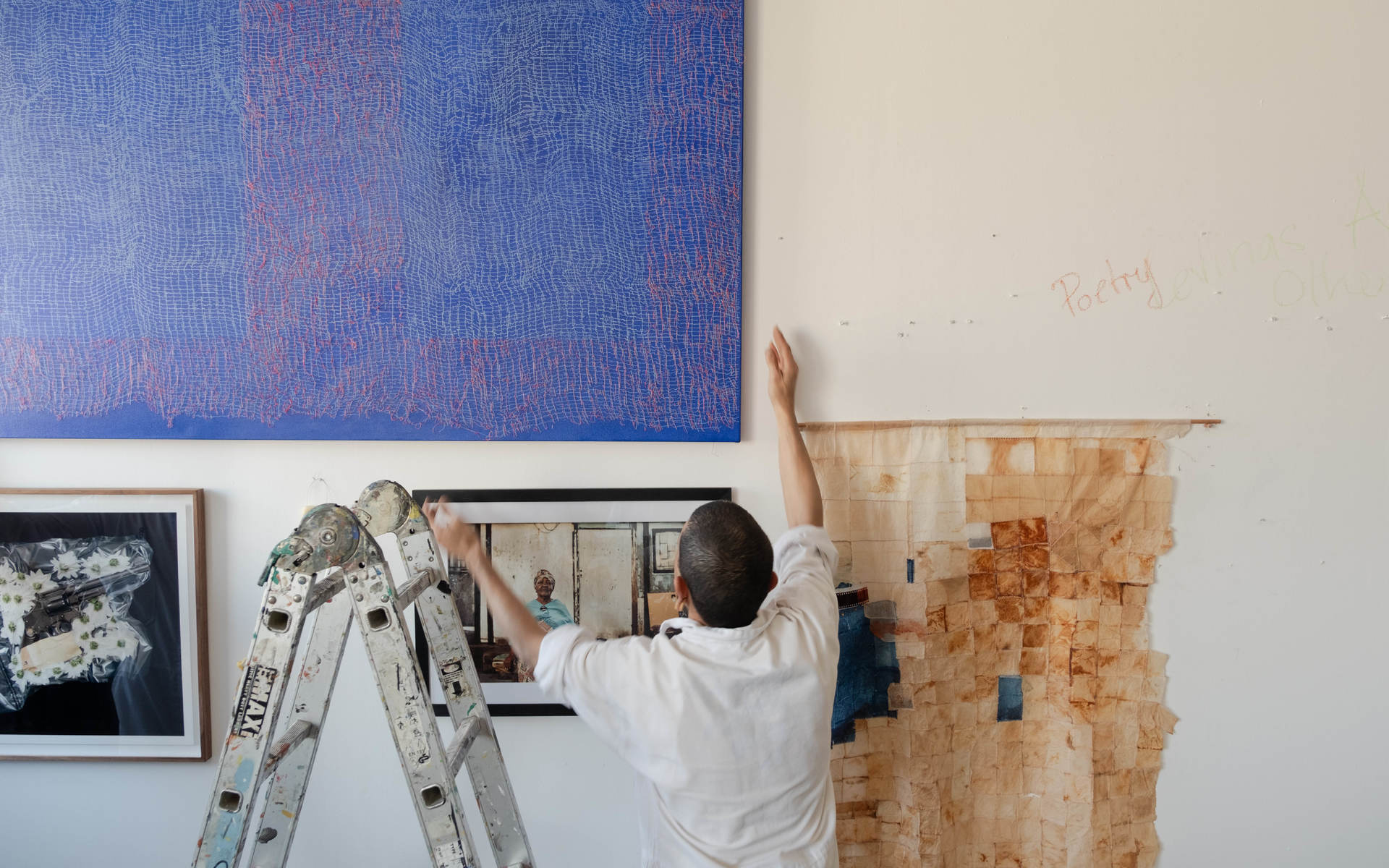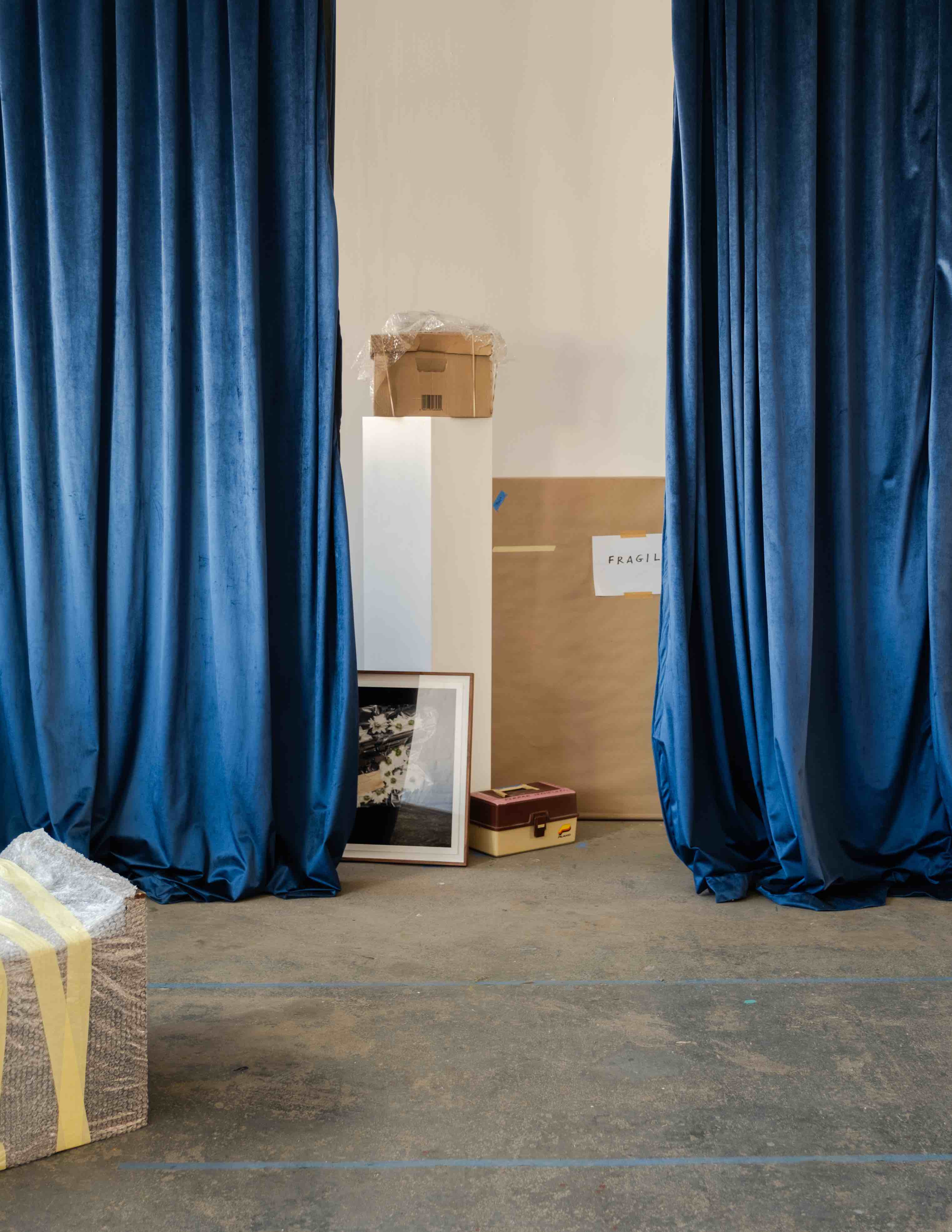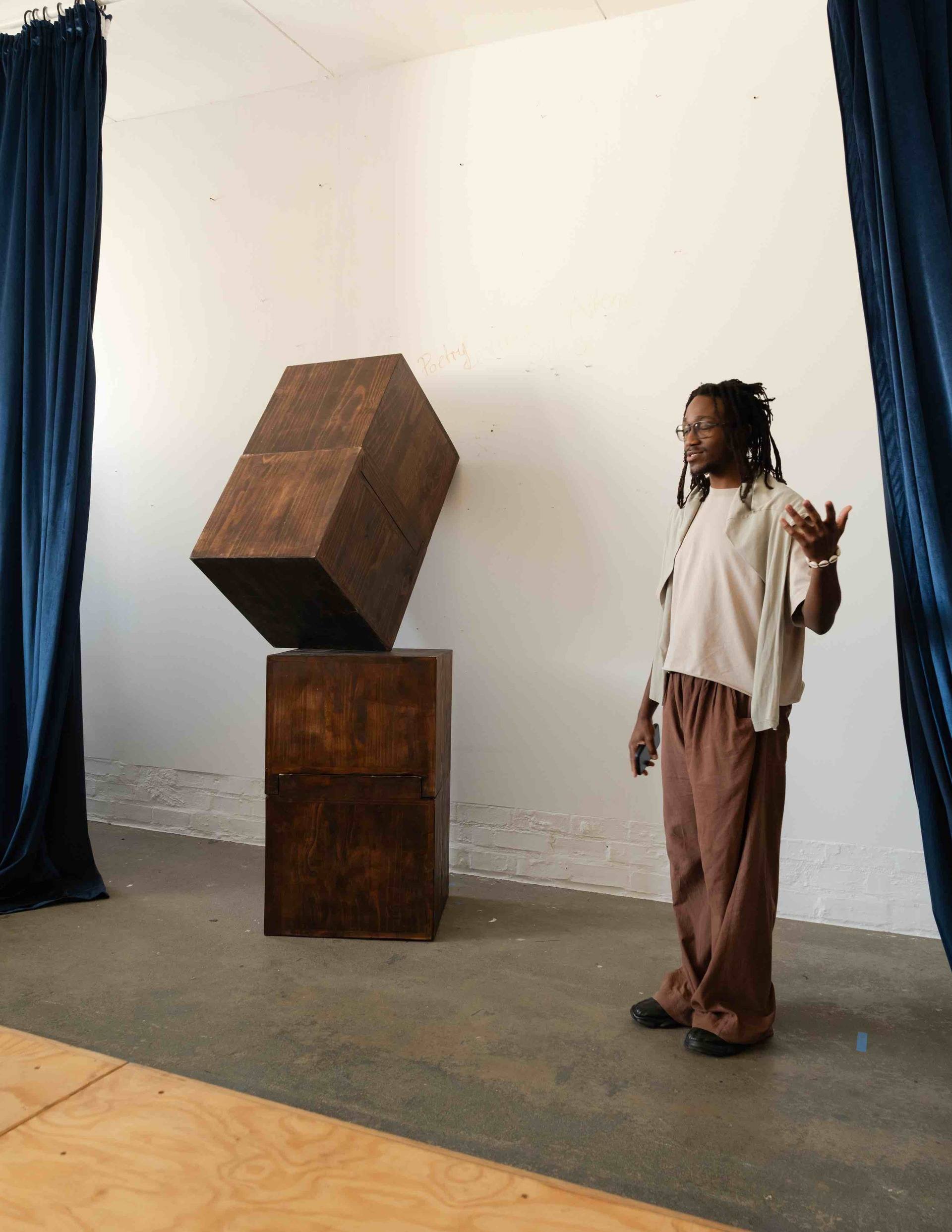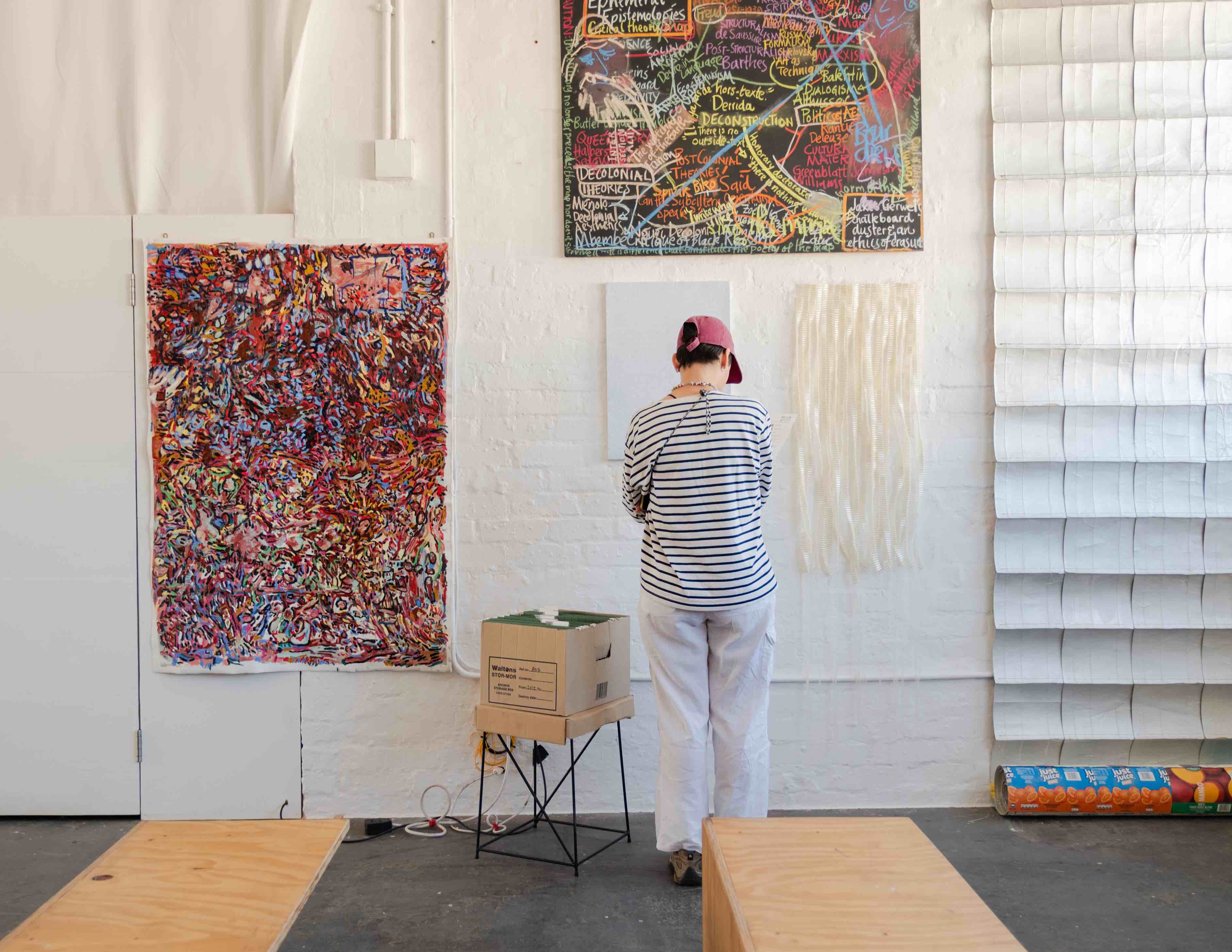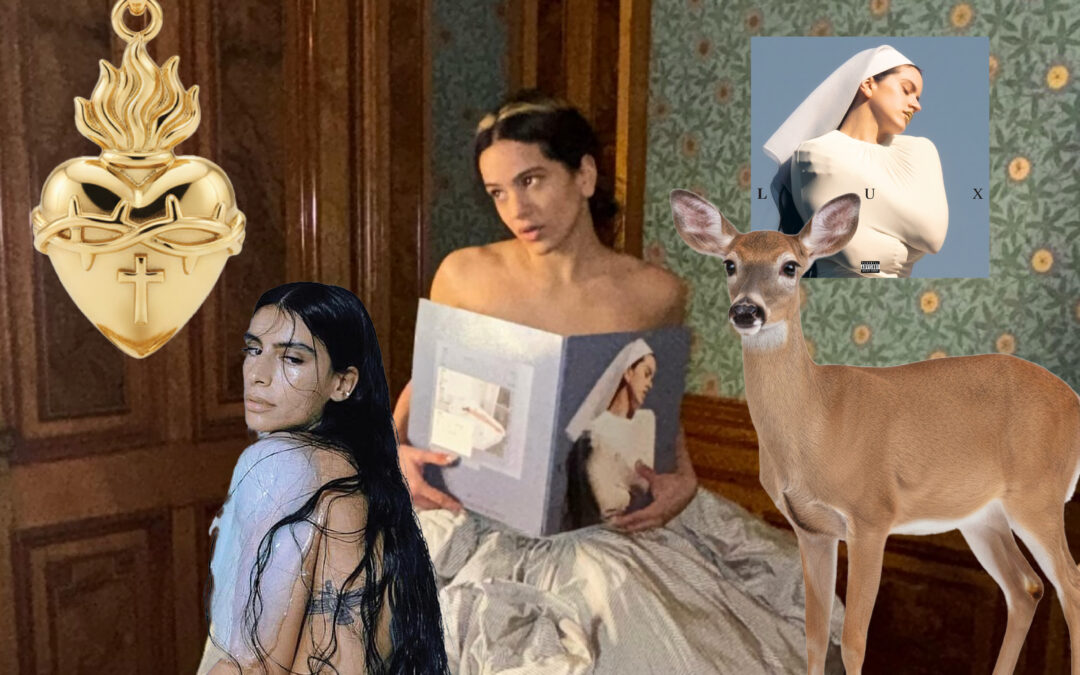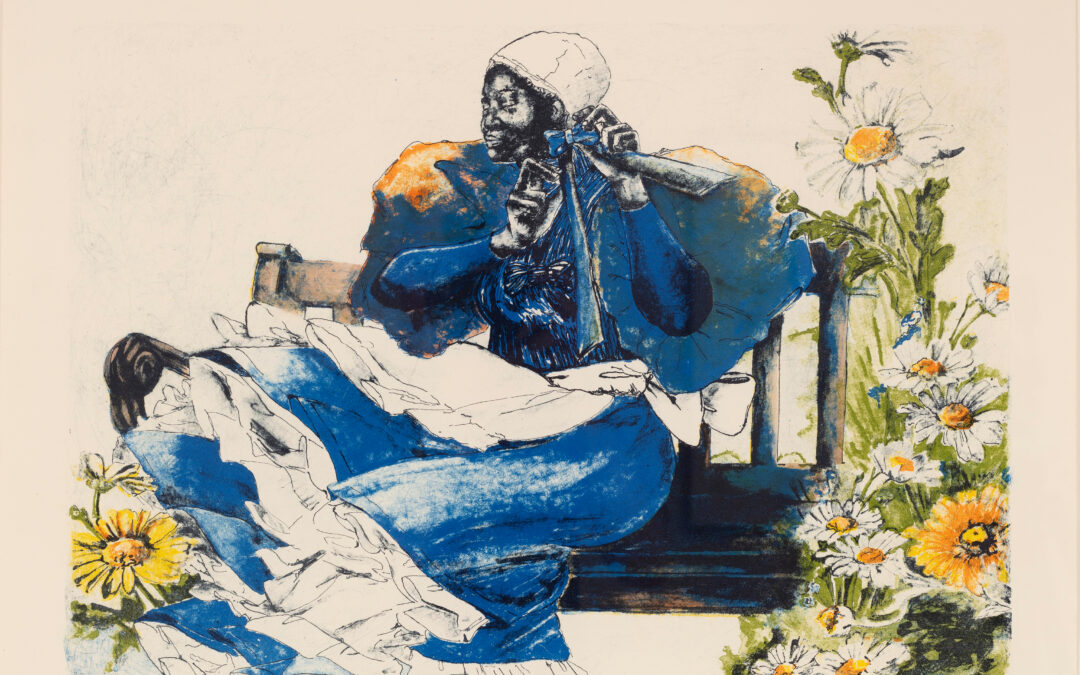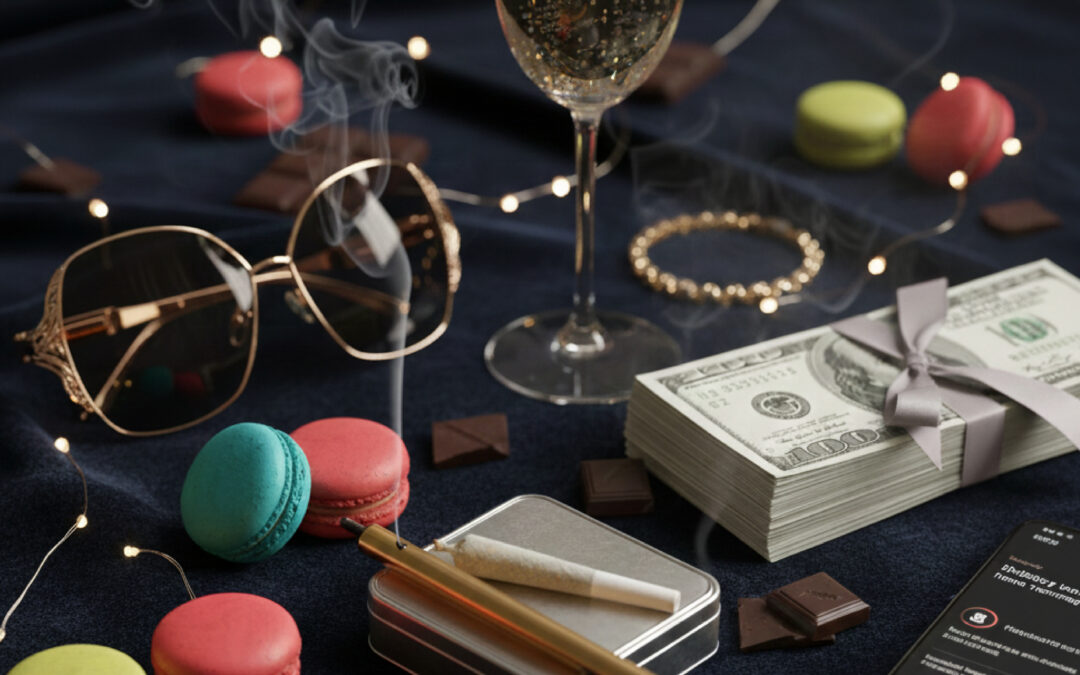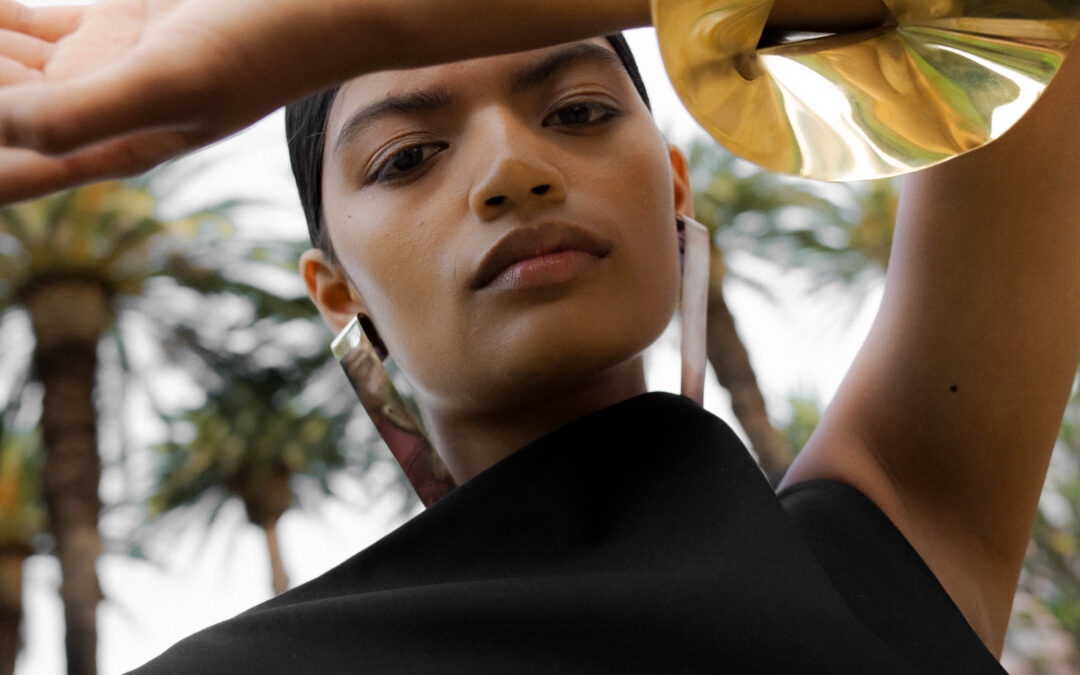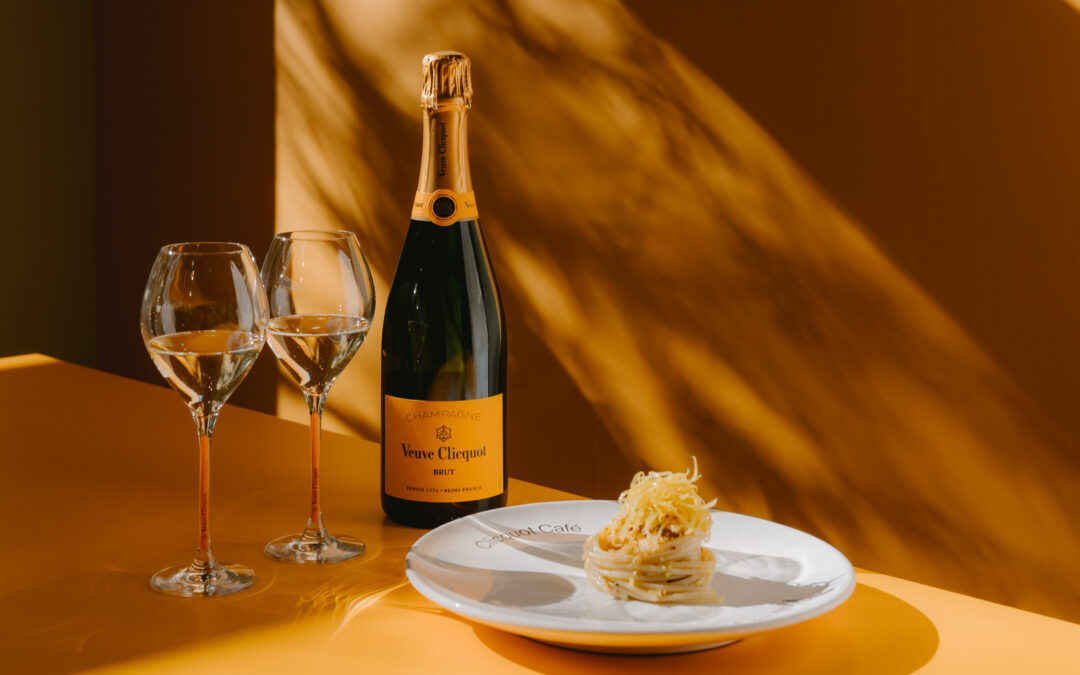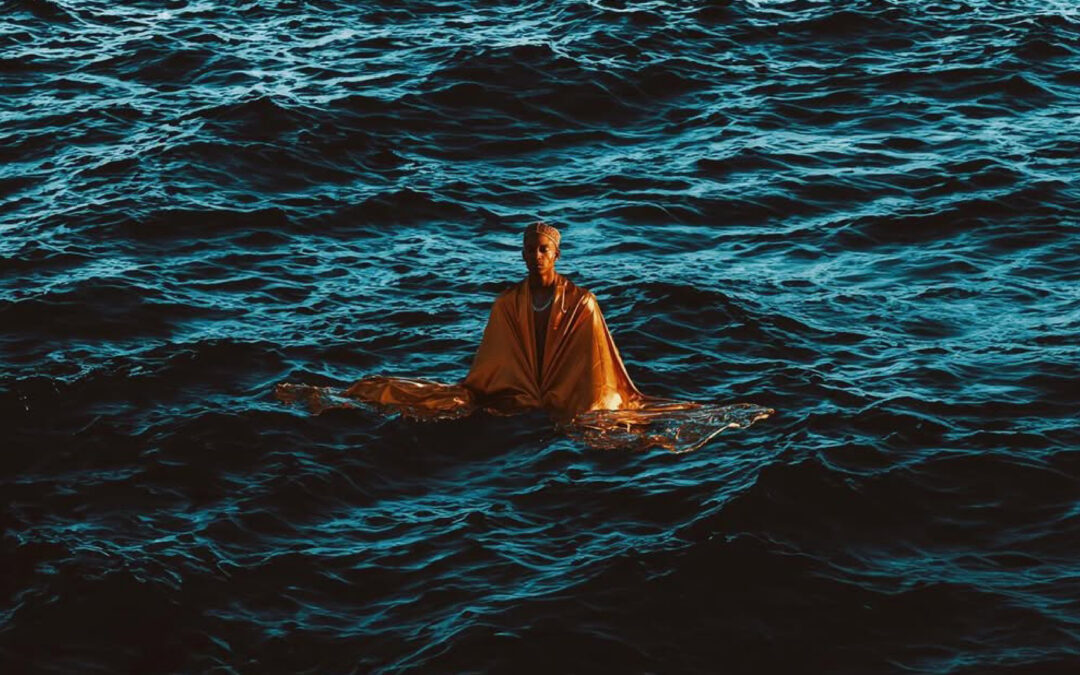“Going to art galleries these days is equivalent to the endless social media scroll”, Gaelen Pinnock shared with Sune van Tonder in a post-exhibition haze. He was one of the exhibiting artists showing work at ‘Time Goes Bye’, and his sentiments are something to be considered. At any normal gallery event, you walk past rows of art on blank walls, eat a few canapes, greet the regular art show-goers, and seem to forget most of what you saw in the car ride home. ‘Time Goes Bye’ has spared us from yet another night of endless scrolling and thrust us into the business of experience.
Co-curated and ideated by Claire Johnson and Max Melvill, ‘Time Goes Bye’ was a two-part, time-based art exhibition that challenged and excited viewers. Held at The Ramp, a Cape Town art collective praised for its foray into the experimental, the show took place over a warmer-than-usual winter weekend and sought to provide both an engaged and engaging platform for artists and their work. Part 1 of ‘Time Goes Bye’ showcased 24 artworks, theatrically displayed in 10-minute increments. Part 2 included a salon hang of all the works and an in-depth panel discussion led by Claire, artist and founder of creative studio, Hoick. The artist line-up was released prior to the event allowing audiences to choose which artists they wanted to see. Max, co-founder of The Ramp and disruptor of the norm, ideated: “We were wondering what would happen if an art show were structured like a music festival — what would that look like in practice? Would people be more precious about attending in case they missed their favourite artist? Would they be more engaged with the work?”
With these hypotheses in mind, the stage was set. People entered to the electric, hypnotic, neo-indigenous sounds of Kamil Adam Hassim’s 5th generation Sutra. In the silence, muffled between sounds of distortion, a bell rang to beckon the end of the performance. Act 2: Lynchian blue-velvet curtains swung open, revealing the work of artist Leila Abrahams: Strands of Time. 10 minutes later, another bell unveiling Act 3 and so the dance continued. From Maja Marx’s arresting painting ‘Last Page First’ that explores the stickiness of time, to utilitarian furniture as art in Lebo Kekana x NISH’s ‘Protoscape’, the works were all underscored by the fleeting, inescapable, looming concept of time.
Aside from the excitement of a curtain reveal, something effervescent and existential took place in the densely packed room. Viewing the art in 10-minute increments came with a sense of finality, a yearning to consume as much as possible before the works inevitably took their final curtain call. Not only that, but at the end of the day, pockets of people sat recalling the individual works and their stories, finding themselves richer for the experience. No longer plagued by the goldfish memory that most of us have become so used to. People discussed, connected, cajoled — they remembered.
One of the standout moments of the show transpired when painter Michael Beckurts took to the stage. Kneeling on his automated wheelchair, he spoke to the audience for the first time about his experience of disability and how it influences his work. He invited the audience to try life through his lens, if only for a moment, by viewing his piece while kneeling. One by one, viewers dropped to their knees, finding themselves looking up at the art, instead of straight at it. A stillness took over the space as people were challenged, not only to see the art from a different perspective, but to confront their own perspectives.
‘Time Goes Bye’ called not only for commitment, but also flexibility. Part 1 encouraged audiences to engage with the art and Part 2 made viewers think about the curation. The panel discussion featured three of the artists in the previous day’s lineup, aptly exploring the notion of time. With this in mind, the conversation kept returning to the idea of archiving. Academic, and now artist, Carrol Clarkson quoting Jacques Derrida’s ‘Archive Fever: A Freudian Impression’ spoke of “archiving as a way to create a possible future”. Photographer Manyasta Monyamane emphasised the importance of collaboration and community in the process of archiving. Zayaan Khan, an artist exploring the history of District Six through clay, imbibed the audience with the need to understand one’s origins, reminding listeners that “the soil we walk on now is the same soil our ancestors walked on, but it is also the same soil our mothers walked on.” It became clear that, in considering the effect of time in art and space, the need to document and remember is tantamount to creation itself.
‘Time Goes Bye’ offered more than a different way to view art. It offered a new framework to be implemented in future openings and exhibitions. It started a conversation that the art world has been yearning for — a break away from the norm and an attempt to recenter art. The show ended with a room filled long after the end of the event, bubbling with discussions about phenomenology and ephemeral epistemologies, and an audience struggling to say “bye bye”.
Written by Sune van Tonder
For more news, visit the Connect Everything Collective homepage www.ceconline.co.za

